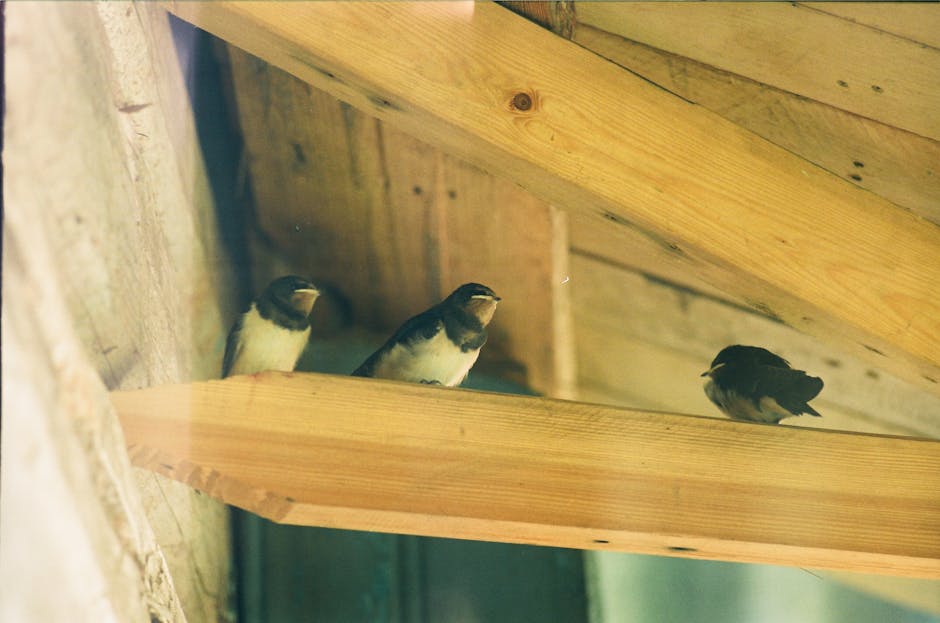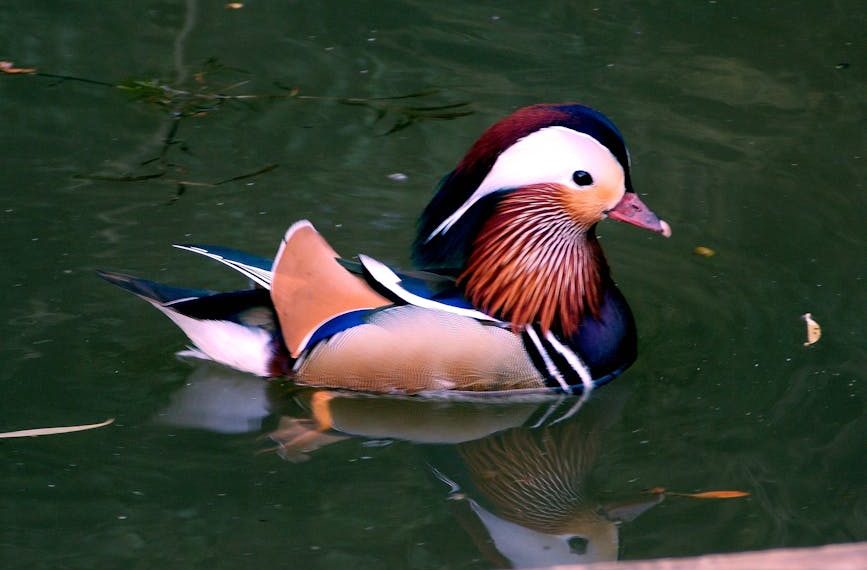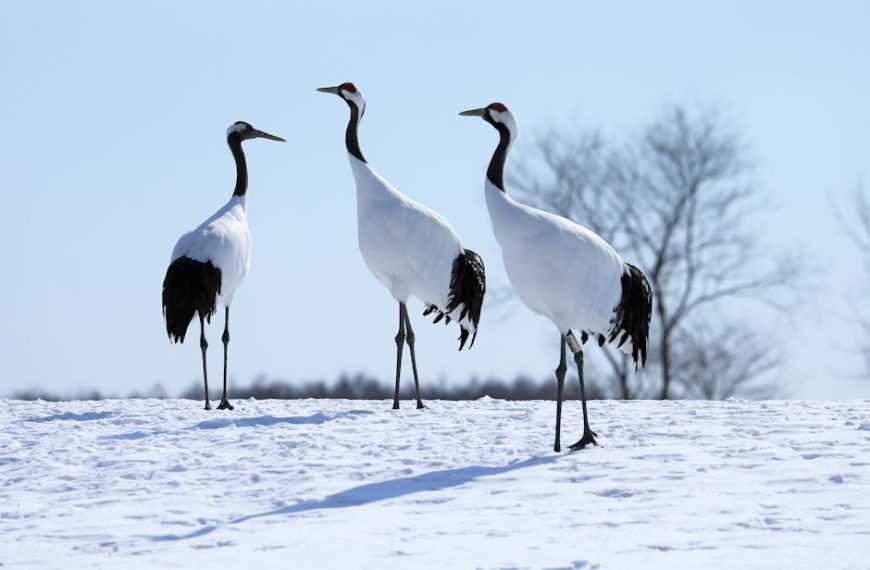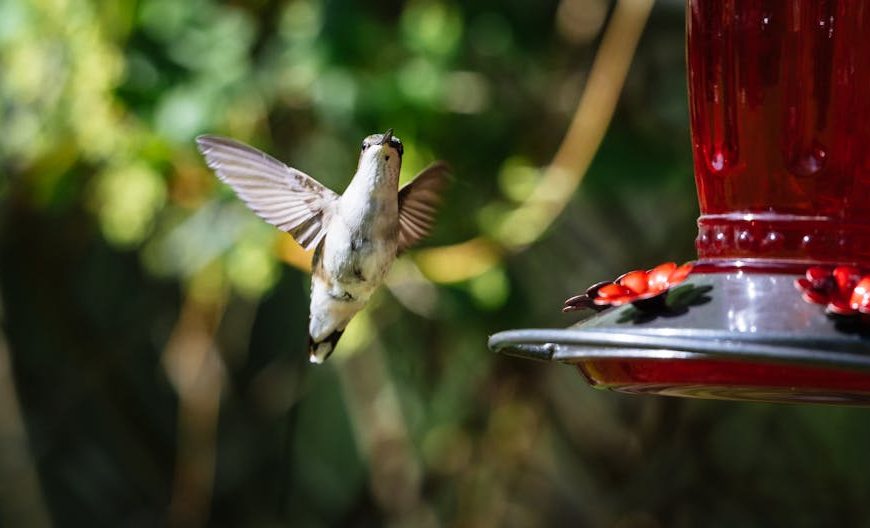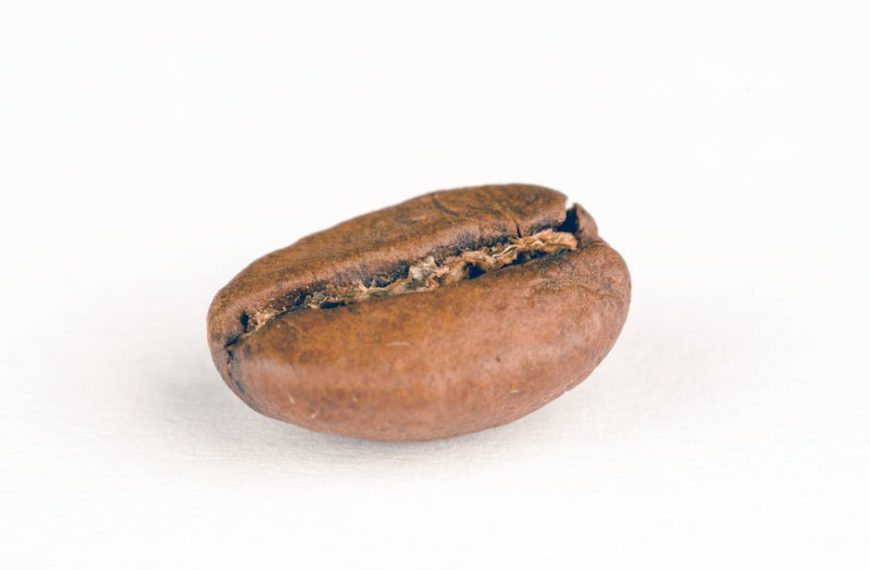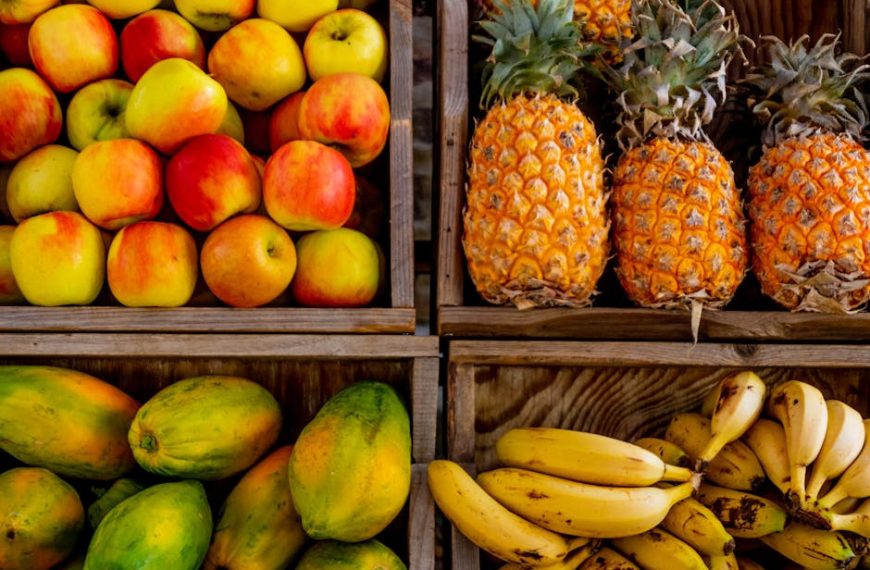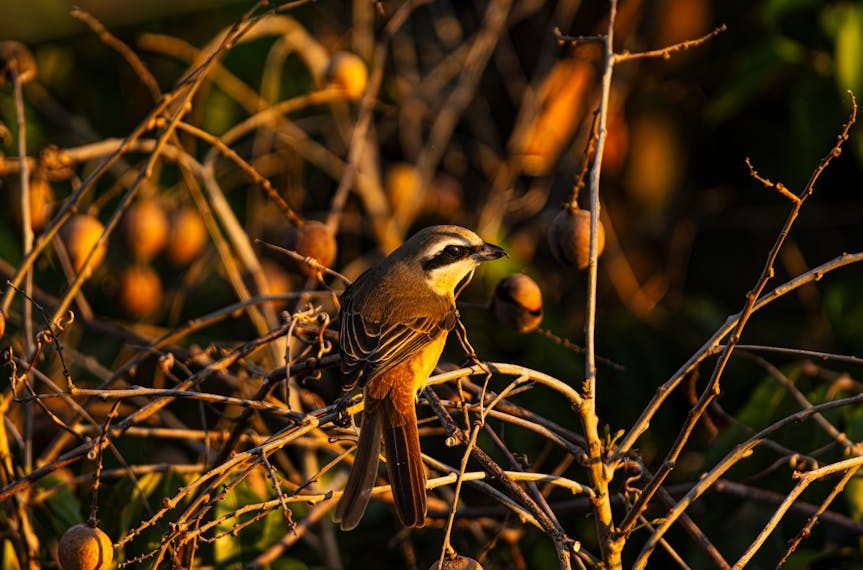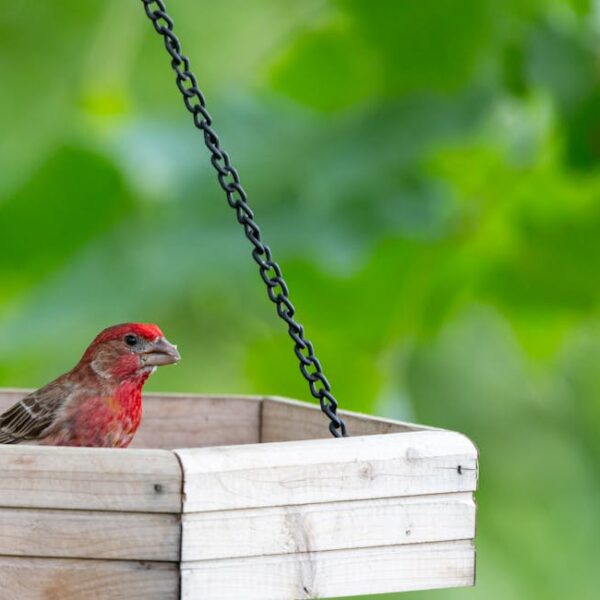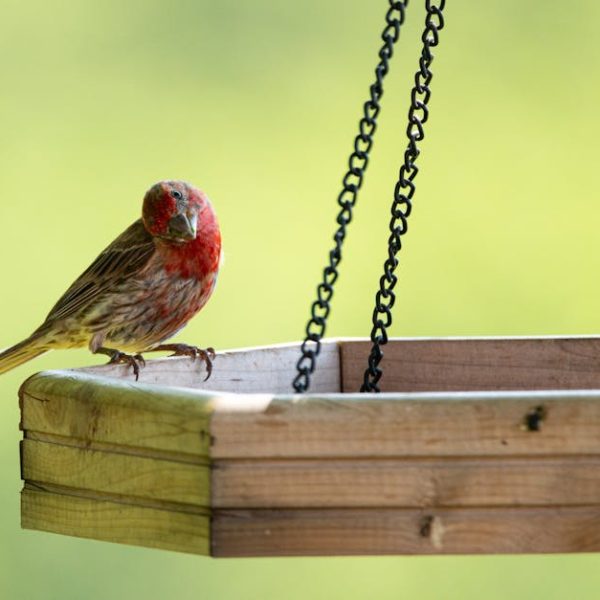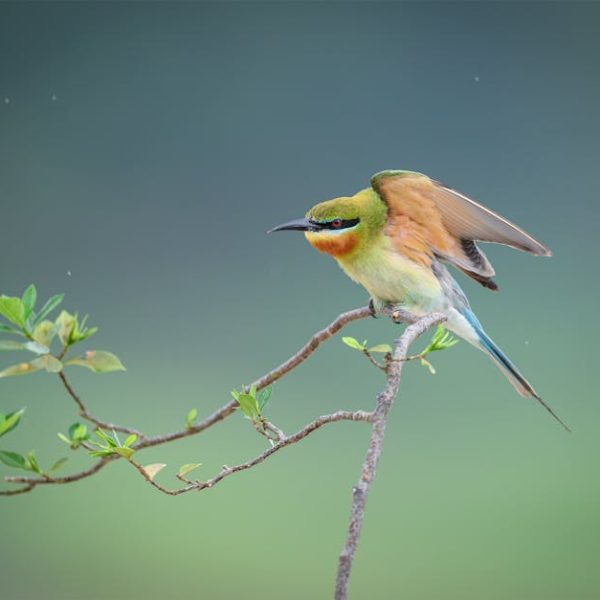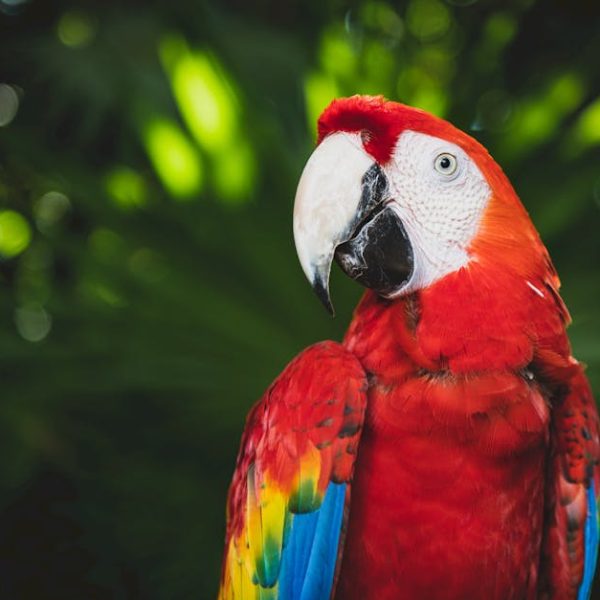Understanding the diet preferences and feeding habits of swallow birds can provide fascinating insights into their survival mechanisms and how they interact with their environment. Known predominantly as insectivores, swallow birds have a significant preference for flying insects, a characteristic that shapes many aspects of their daily life and routines.
Diet Preferences of Swallow Birds
Swallow birds have a strong predilection for a diet packed with flying insects. It’s their agility and acute acuity that enable these birds to feed while in mid-air, displaying an unparalleled finesse in their airborne feeding pursuits.
Common insects like beetles, wasps, flies and mosquitoes are typical favorites, but they don’t shy away from indulging in the diverse insect buffet provided by nature. They’re agile predators, adept at changing their course abruptly to chase and catch their prey mid-air. Swallows maximize their feeding during sunrise and just before sunset – when insects are most active.
Feeding Habits of Different Species of Swallows
While all swallow birds share a common love for flying insects, there is subtle variation amongst different species. The type of insects they consume, feeding hours, and hunting methodologies may slightly differ based on their specific species, the climate, and habitat.
For instance, the Barn Swallow has a comprehensive diet filled with flies, beetles, wasps, and moths. In contrast, the Tree Swallow reveals a partiality towards aquatic insects, due to its proximity to water bodies. The Bank Swallow, on the other hand, showcases a preference for terrestrial insects, reflecting adaptability towards its environment.
Swallow Birds and Their Feeding Methodology
The feeding methodology of a swallow bird is well-worth appreciating. It involves a near-constant airborne state, punctuated by swift dashes and swoops to nab unsuspecting insects mid-flight. Each feeding attempt is a calculated and precise exercise, showcasing the bird’s mastery over its flight and predation techniques.
Swallows initiate their feeding flights at low elevations, harnessing their excellent eyesight to spy their prey. Upon sighting a potential meal, they make a swift directional shift, chasing the insect until it’s within striking range. At this point, they snap their beaks shut, typically catching the prey successfully. They then return to their low-level flight, continuously scanning for the next round.
Nutritional Requirements of Swallow Birds
Swallow birds have specific nutritional requirements, given their continuous activity and the energy required to maintain their unique feeding habits. They require a diet packed with protein, which is aptly provided by their insect-based diet. Vitamins, minerals, and other nutrients are also essential and are typically procured from their food sources, such as insects and occasional seeds or fruits.
Catering to these needs in captivated swallows requires careful consideration. In the absence of sufficiently varied insect life, a host might find themselves needing to supplement their diet with specific bird feeds or vitamin-mineral mixtures.
Concluding this part of the article, we see swallow birds as specialized feeders, exemplifying efficient and unique feeding habits that perfectly cater to their dietary requirements. Environmental changes affect these practices, and thus the diet of Swallow birds – an aspect we will delve into in the next part of this article. But alas, that discussion is for another day.
Impact of Environmental Changes on the Diet of Swallow Birds
Environmental changes often play a significant role in shaping the diet and feeding habits of swallow birds. These adaptable creatures have developed different strategies to cope with changes in climate and seasons, adjusting their feeding behaviors as necessary to ensure survival.
In summer or during insect-bursting periods, swallows feed predominantly on a diet of flying insects. However, as winter approaches and the availability of insects decreases, they switch to other available food sources. Swallows have been observed picking off spiders and other small arthropods from tree bark or scavenging on the ground for insect larvae or small worms.
| Season | Availability of Insects | Diet |
|---|---|---|
| Summer | High | Mainly flying insects |
| Winter | Low | Spiders, insects larvae, worms |
Frequent shifts in environmental conditions, like those induced by climate change, could impact swallow populations adversely. They may struggle to find enough insects, thus leading to nutritional deficiencies, especially during the breeding season when their energy requirements are particularly high.
Best Practices in Helping Swallow Birds
To aid the swallows during harsh climatic conditions, or when their natural diet is scarce, one could consider supplying a supplemental diet.
- Establishing bird feeders with appropriate feed such as mealworms or supplemented birdseed can help.
- Collocating feeders near water bodies could cater to tree swallows, who love aquatic insects.
- Supporting local ecosystems by encouraging insect biodiversity can help swallows find adequate food naturally.
Remember, it is as much about creating swallow-friendly habitats as it is about supplying food. Be mindful of pesticide use in gardens, as they can massively reduce the insect population, affecting swallows and other birds.
Pro tips :
- Always ensure you use bird feeders that are safe for swallows to prevent injury.
- Monitor the bird feeders regularly for any signs of disease transmission like unusual bird deaths, as feeders could become disease hotspots if not properly cleaned.
Thus, understanding the nuances of swallow bird diets can infer intriguing insights into their lives and survival strategies – all the way from their insect-centric feeding routines to the environmental factors that shape their dietary options. This understanding could also empower us to make swallow-friendly decisions when interacting with our environment, playing our part in bird conservation. That’s an endeavor worth flying high for, isn’t it?
Key Takeaway:
- Swallow birds are predominantly insectivores with a preference for flying insects like beetles, wasps, flies, etc. They catch their prey mid-flight owing to their agility and keen eyesight.
- Different species of swallow birds may have slight variations in their diets based on habitat and climate. For example, the Tree Swallow prefers aquatic insects due to its proximity to water bodies.
- Swallow birds have specific nutritional requirements, like protein, vitamins, and minerals, met mainly through an insect-based diet, ensuring their constant activity and unique feeding methods.
- Environmental changes, such as seasons, greatly impact the diet and feeding habits of swallow birds. The availability of insect decreases in winter, leading them to forage for spiders, larvae, or worms.
- In situations of harsh climate or scarce natural diet, supplemental diet like mealworms or supplemented bird seeds can benefit the swallows.
Incorporating understanding of the swallow birds’ feeding habits can aid their conservation and environment-friendly decisions. Being naturally adaptable, these birds offer a captivating insight into their survival strategies, making their study even more fascinating.
FAQs
Q: What can we do to help Swallow birds who have lost their natural habitat?
A: You can aid Swallow birds by setting up bird feeders with appropriate feed like mealworms or supplemented birdseed. Moreover, promoting insect biodiversity locally can help them find natural food.
Q: What measures can we take to make our gardens swallow-friendly?
A: It’s crucial to moderate the use of pesticides in your garden as they can significantly reduce the insect population, which is detrimental to Swallow birds and other insectivorous birds.
Q: Are all species of Swallows insectivores?
A: Yes, all swallow species are insectivores. However, they may prefer different types of insects based on their species, habitat, and climate.
Q: How do Swallow birds cope with limited availability of insects during winters?
A: During winters, Swallows can adapt by foraging for spiders, insect larvae, or small worms when flying insects are scarce.
Q: How do the feeding habits of Swallow birds change with the time of day?
A: Swallows maximize their feeding during sunrise and just before sunset – when insects are most active.
Remember to share this article with those who might be interested in bird watching and conservation, and stay tuned for more fascinating insights into the world of avians on our website.
